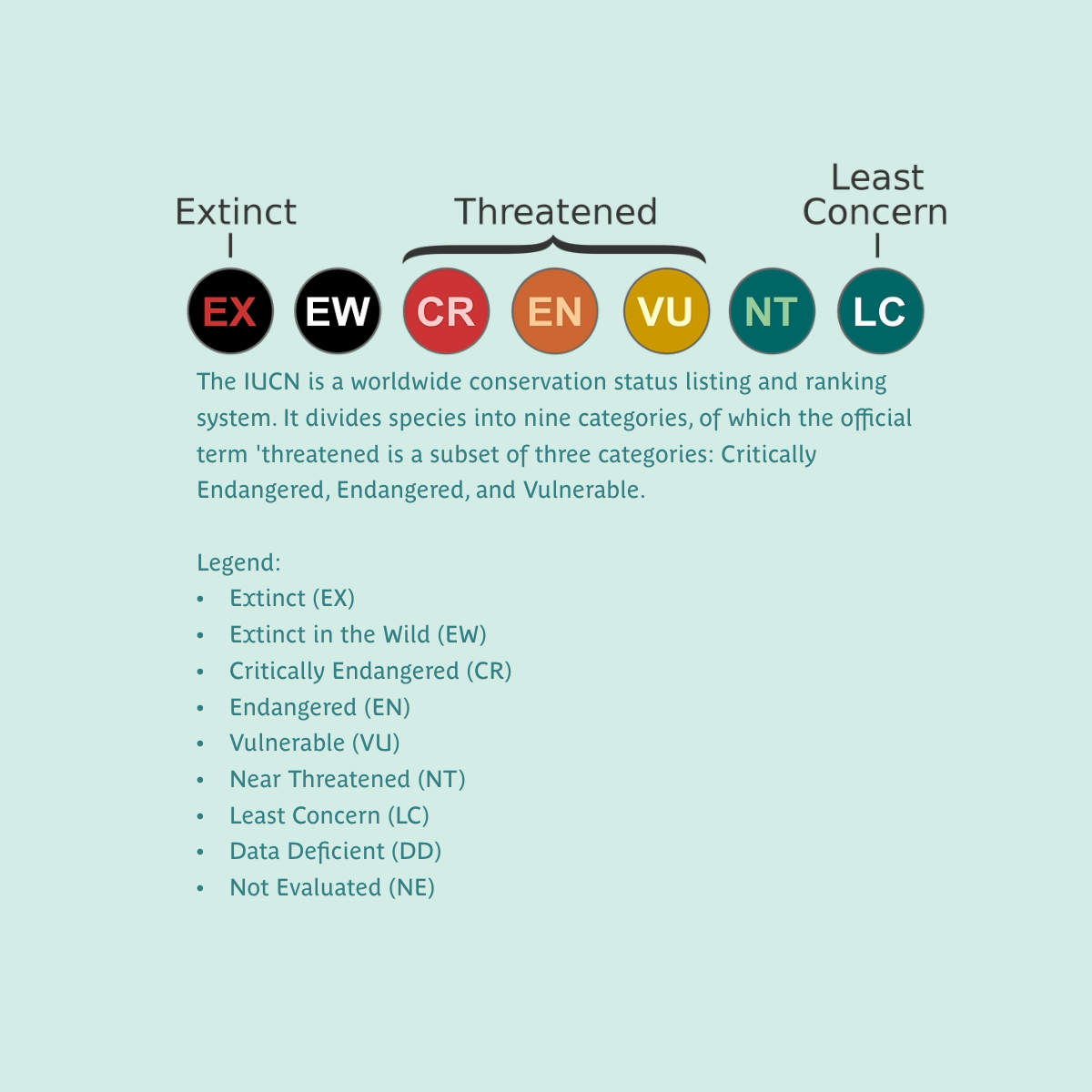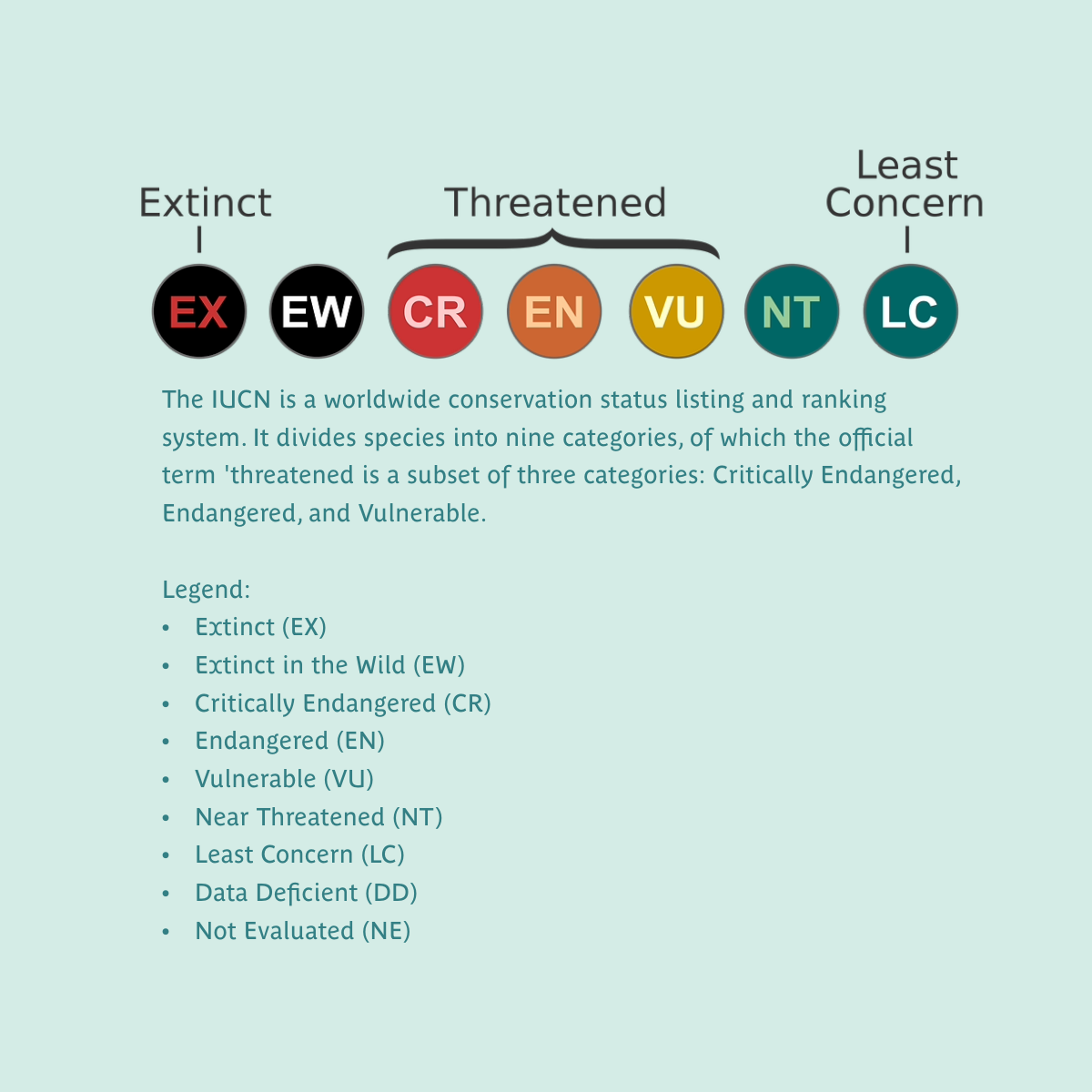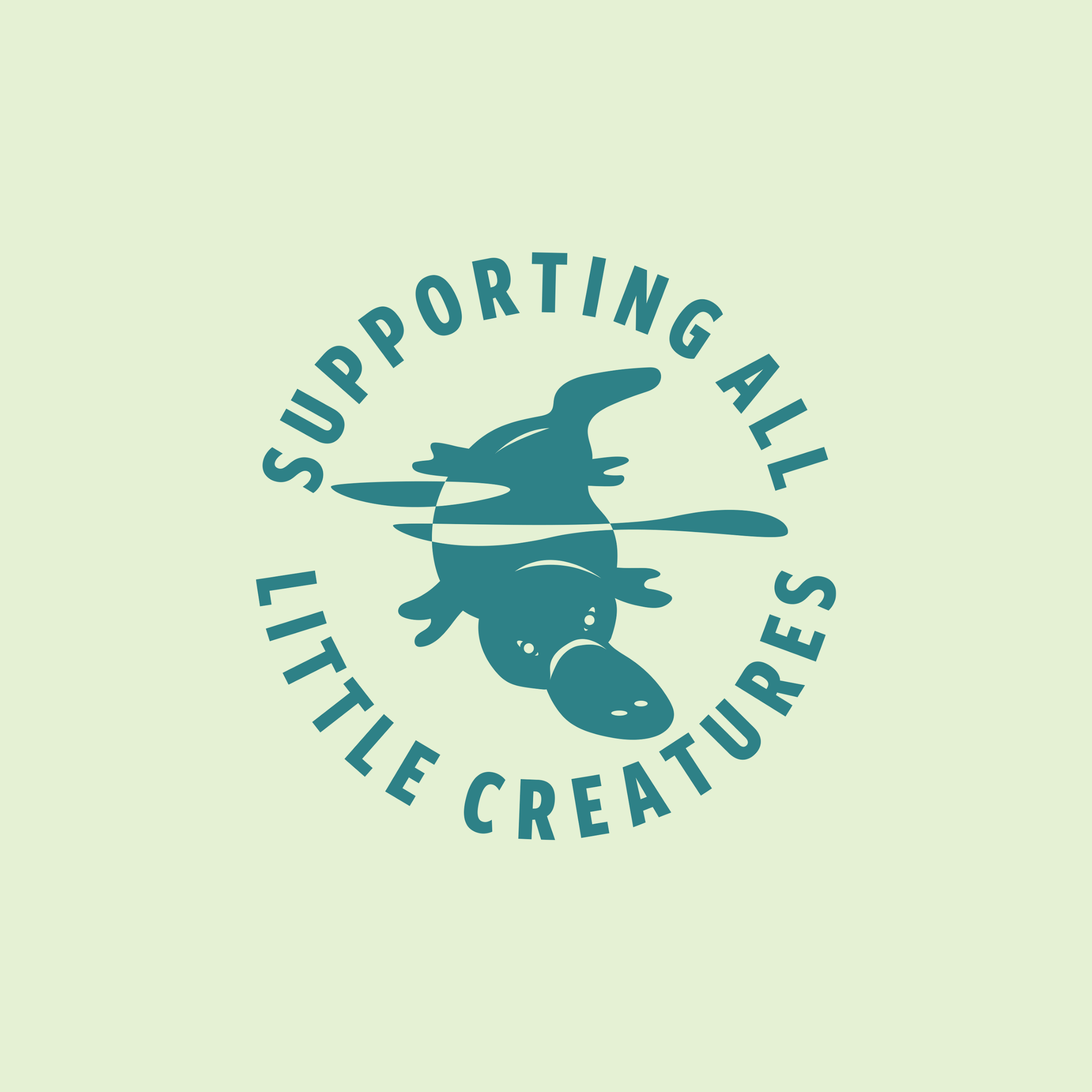Fun Facts
Sugar Gliders can glide up to 50m through the air - that’s equivalent to half a soccer pitch! They achieve this by springing into the air using their strong back legs. The folds of skin between their ankles and wrists (known as patagium) then acts like a parachute, helping them to glide.
Sugar Gliders can change direction mid-air and even steer around obstacles to safely land in trees.
Sugar Gliders are very social and live in family groups. Both males and females take care of the young gliders.
To help conserve energy in bad weather conditions or when food is scarce, Sugar Gliders can enter into a state of ‘topor’. This is like hibernation, where they slow their breathing and dramatically reduce their physical activity.
In 2020 it was discovered that the Sugar Glider is not one species, but actually three distinct species: The Sugar Glider (Petaurus breviceps) and two newly identified species, Krefft’s glider (Petaurus notatus) and the Savanna Glider (Petaurus ariel). The discovery of three subspecies has meant that there are substantially smaller populations of each group of Sugar Gliders, placing them at greater risk of extinction.
Where can you find them?
Sugar Gliders nest in tree hollows and can be found in tropical and cool-temperate forests in Australia.
The subspecies of Sugar Glider, Petaurus brevicep, is only found in coastal regions in South-eastern Australia.
Unknown for subspecies
Conservation status
One subspecies, the Savanna Glider, is at most risk of extinction. It lives in the tropical woodlands of northern Australia, where its habitat range has reduced by 35% in the last 30 years.
The main threat to Sugar Gliders is loss of habitat, particularly the loss of tree hollows exacerbated by the 2019/2020 bushfires. Other threats include feral predators, such as cats and foxes, and barbed-wire fences which can catch on their Patagium.
Sugar Gliders were classified by the IUCN Red List as Least Concern in 2016, before the additional subspecies were identified. Source: Salas, L., Dickman, C., Helgen, K., Winter, J., Ellis, M., Denny, M., Woinarski, J., Lunney, D., Oakwood, M., Menkhorst, P. & Strahan, R.2016.Petaurus breviceps.The IUCN Red List of Threatened Species2016: e.T16731A21959798.https://dx.doi.org/10.2305/IUCN.UK.2016-2.RLTS.T16731A21959798.en. Accessed on 28 July 2023.
The three distinct subspecies were only identified in 2020 and their conservation status is not yet know. Source: Australian Geographic, 2020, Meet the the ‘savanna glider’: Scientists have discovered sugar glider is actually three species. Accessed 28 July.
Caring for Australia's Wildlife
We want our little ones, and yours, to grow up with a healthy planet, where native plants and animals thrive. That’s why we donate 1 cent from every product sold to support Australian wildlife. We also seek to minimise our impact on the environment wherever possible.
Australian Wildlife facing threats to survival are featured on our packaging, to help raise community awareness and support for these important animals.









